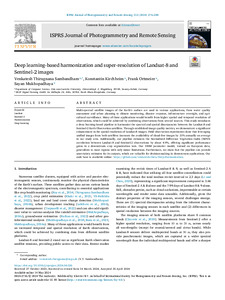This is a more or less complete list of my recent contributions to different conferences, journals, workshops, et cetera.
Improving Out-of-Distribution Detection with Markov Logic Networks
(06 Jun. 2025)
Our paper Improving Out-of-Distribution Detection with Markov Logic Network has been accepted at the ICML. In it, we propose a probabilistic extension of Out-of-Distribution Detection with Logical Reasoning, as well as a simple algorithm to mine logical constraints for OOD detection from a dataset.
Abstract § Out-of-distribution (OOD) detection is essential for ensuring the reliability of deep learning models operating in open-world scenarios. Current OOD detectors mainly rely on statistical …
Categories:
Neuro-Symbolic
174 Words
Tagged with:
ICML
Neuro-Symbolic
Anomaly Detection








